The struggle among mid-range smartphones, those that generate the most profit for companies, is now increasingly fierce, and the differences between models are difficult to identify at first glance. This is not the case with the Realme GT Neo 3, which clearly displays the distinguishing feature on its phone’s packaging: 150 W.
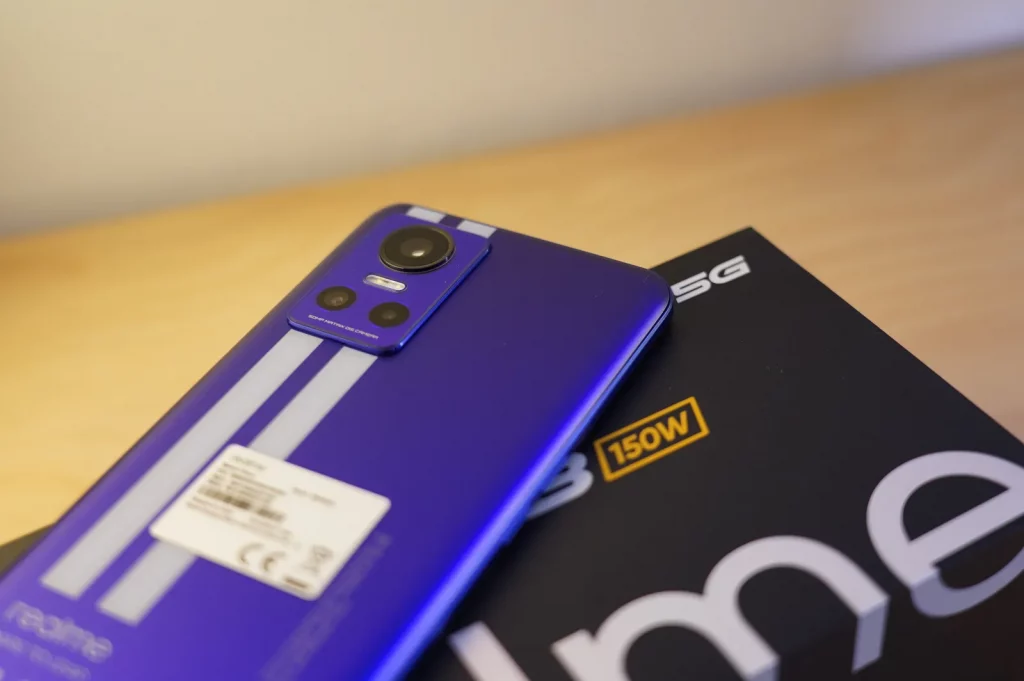
In fact, the Chinese company’s product is the first to have a hyper-fast charging system, and it is banking on this record to convince consumers that they still have a good smartphone, not far from the best products on the market. Compared to other Realme models, however, it no longer has an excellent price/performance ratio with a cost that is probably a bit too high.
The design
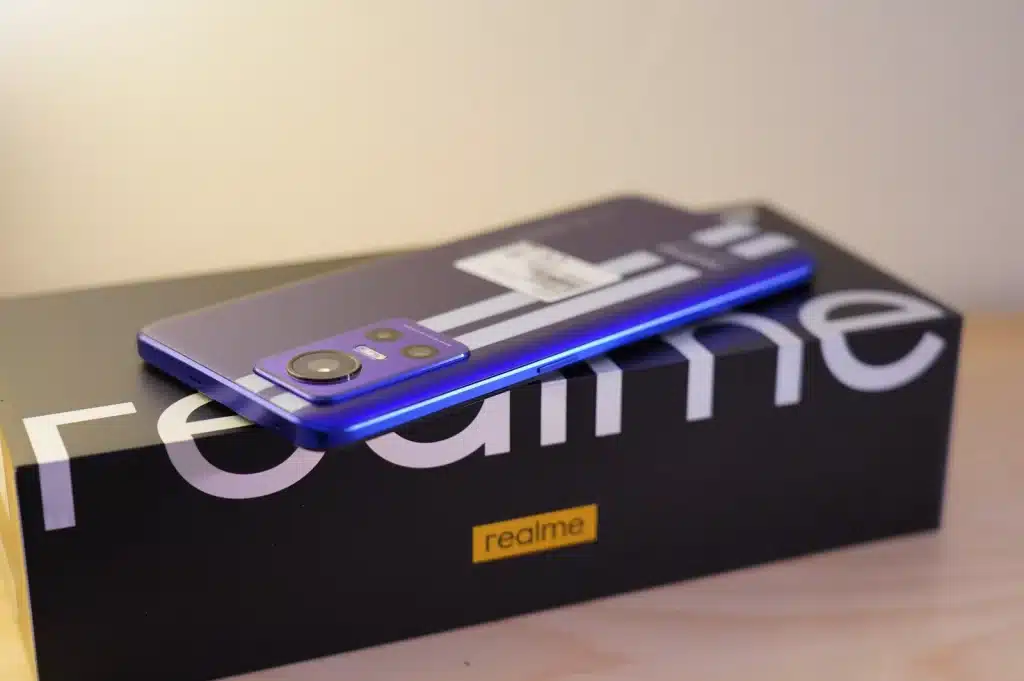
The inspiration is from the world of racing, of speed, clearly expressed by the vertical stripes of the Nitro Blue and Sprint White versions (there is also a more traditional black Asphalt Balck version). Glass cover, polycarbonate frame, the Realme GT Neo 3 is a phone pleasant to the eye and touch with a rather sporty look that better meets the demands of younger users.
The rather large 6.7-inch screen obviously affects the size of the phone but not excessively neither the thickness (of 8.2 mm) nor the weight, which stops at 188 grams. The protrusion of the rear camera block is also minimal and harmonious.
The display
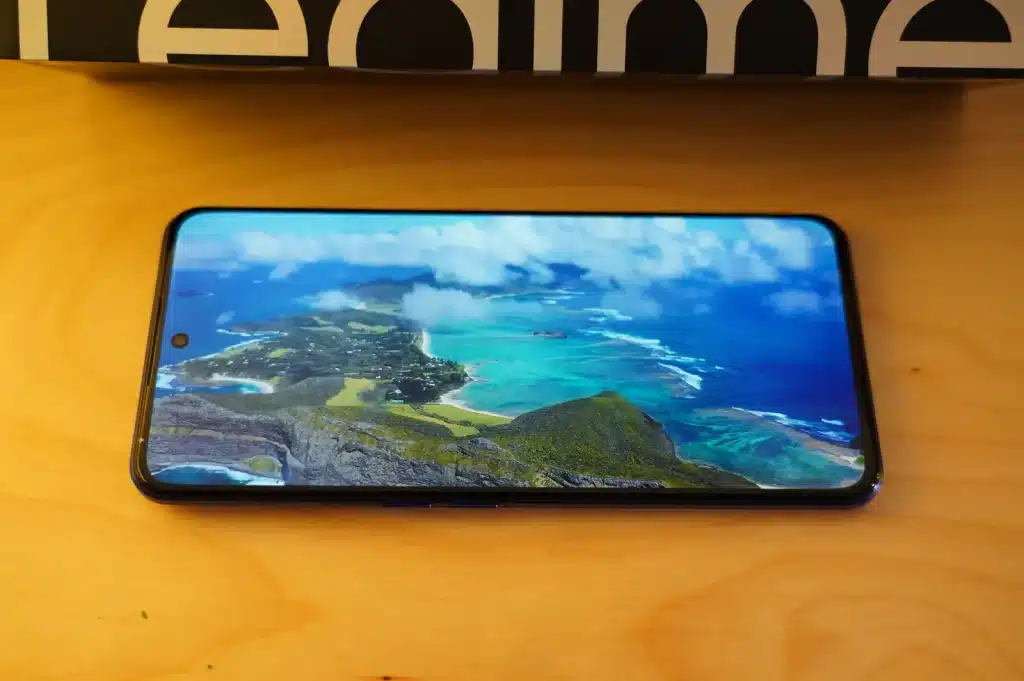
Also good is the rating of the display, a Full HD+ AMOLED with support for 1 billion colors and compatible with HDR10+ content. Color reproduction appears faithful with a JNCD value of about 0.4 and efficient is the dynamic refresh up to 120 Hz. No problem either on the light output which reaches 1000 nits so adequate even for use in direct sunlight.
Processor and performance
Under the hood, we find the new top-of-the-line MediaTek 8100 processor, a 5 nm chipset that compared with Qualcomm products does not disfigure in the slightest, in fact in some benchmarks comparing it with the 888 it manages to do even better, particularly in multi-core performance and power efficiency.
The result is quite tangible even without going too technical software, the phone responds well to all stresses, shows no wavering and the temperature is always under control thanks to an excellent heat dissipation system.
Only the model in the 12/256 GB version with UFS 3.1 storage is available in Italy, so maximum speed and plenty of storage space. Unfortunately, as is now the case with almost all phones, the memory is not expandable.
Satisfactory is the Realme UI 3.0 interface based on Android 12. Precise, clean, and well customizable it is definitely improved over the past even if it still lacks a little something to approach the excellence of Apple and Samsung.
Cameras

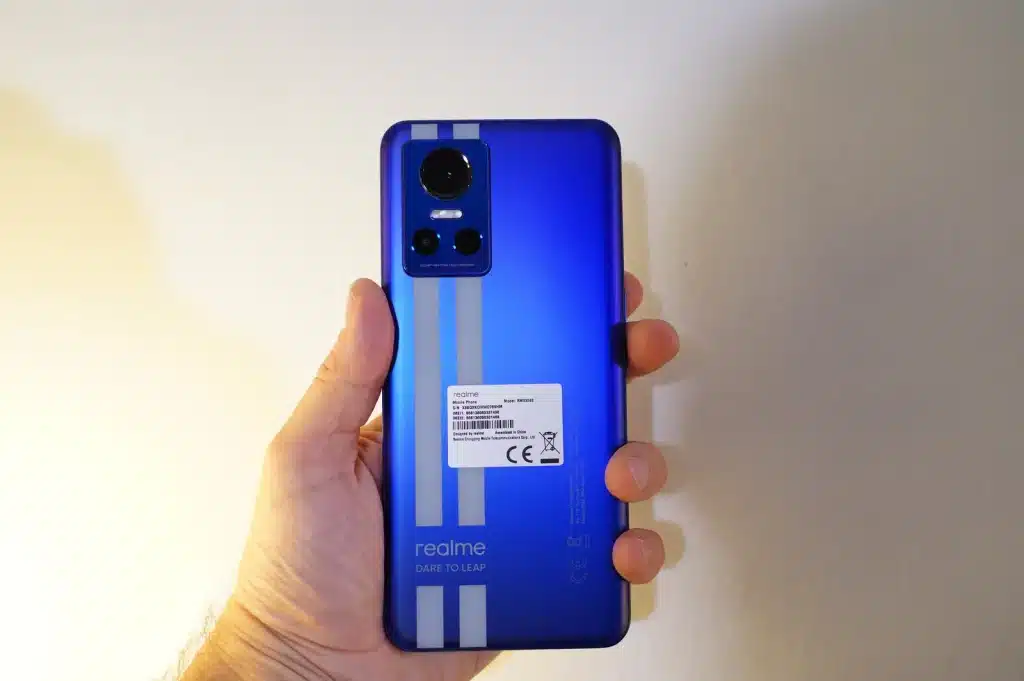
Good but not great. The Realme GT Neo 3 is almost a top-of-the-line in all compartments but not in photography where the configuration is of a mid-range product. This is told by the technical specifications and our field test.
The main camera is in fact a proven and reliable 50MP f/1.9 optically stabilized with a Sony IMX766 sensor. With these optics you have no problems in all shooting conditions and when capturing videos that go up to 4K 60fps. Decidedly less convincing, however, is the 8 MP wide-angle lens, and the third 2 MP lens is clearly limited. The 16 MP front camera is fine but unexciting.
In short, a decent photo compartment but not able to catch up with the most advanced products on the market.
Battery and autonomy
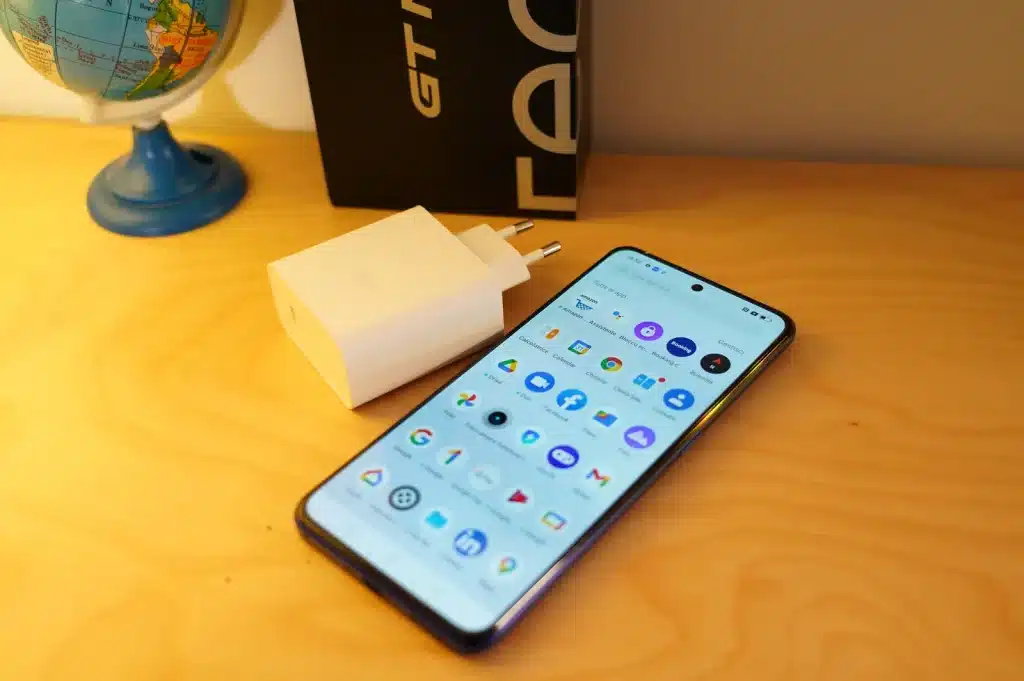
We said it at the beginning of this review, it is in this compartment that the game is played, or rather it is here that Realme wants to surprise the consumer. The battery of this smartphone is “only” 4500 mAh but for the first time, the Chinese company makes available a 150W ultra-fast charging system.
A power that makes it possible to reach 50% charging in just 5 minutes. A record that makes a difference on many occasions as long as you carry the charger included in the package, which, however, pays the price of being rather bulky and heavy.
To dispel doubts about the battery’s longevity with such powerful charging, Realme not only had the phone certified by the German TUV Rheinland institute, but the company’s internal tests report an efficiency of more than 80 percent up to more than 1,600 charging cycles. An achievement made possible by the 38 layers of security that manage and control the charging process. The efficiency is also remarkable with the smartphone quietly reaching the end of the day even with really heavy use.
In Conclusion
Are this fast charging and the performance of a flagship but not top-of-the-line phone enough to justify the €699.99 price tag? A high figure that in part risks steering users to other Realme products such as the excellent GT2 Pro. One can spend a little less by choosing the GT Neo model with 80 W charging and a 5000 mAh battery that costs 599 euros (but can be found discounted online).
Pros
- Bright AMOLED screen, 120Hz, HDR10+ support.
- The Density 8100 SoC turned out to be a big upgrade.
- Dependable battery life.
- Record-breaking charging speeds (150W version).
- Good main camera performance, excellent selfies.
- Snappy and customizable Realme UI.
Cons
- Games are capped at 60fps.
- No microSD card slot, no IP rating.
- We’ve seen better ultrawide cameras for the price.
- The main camera’s exposure metering needs an update.
